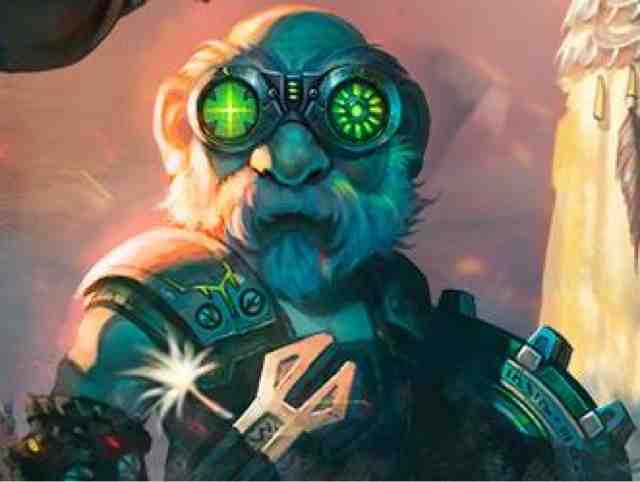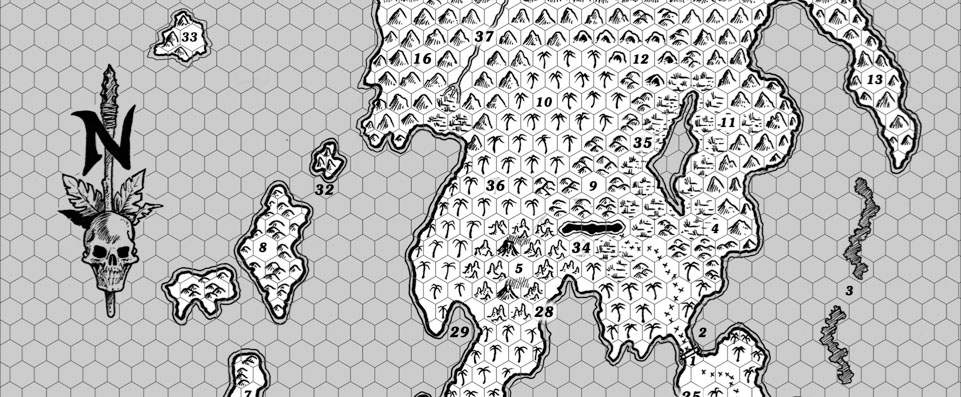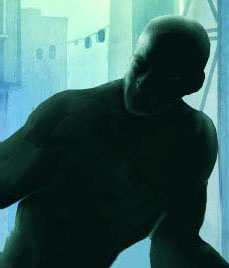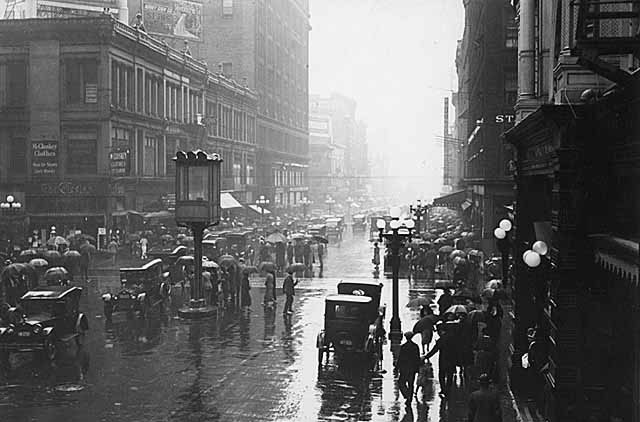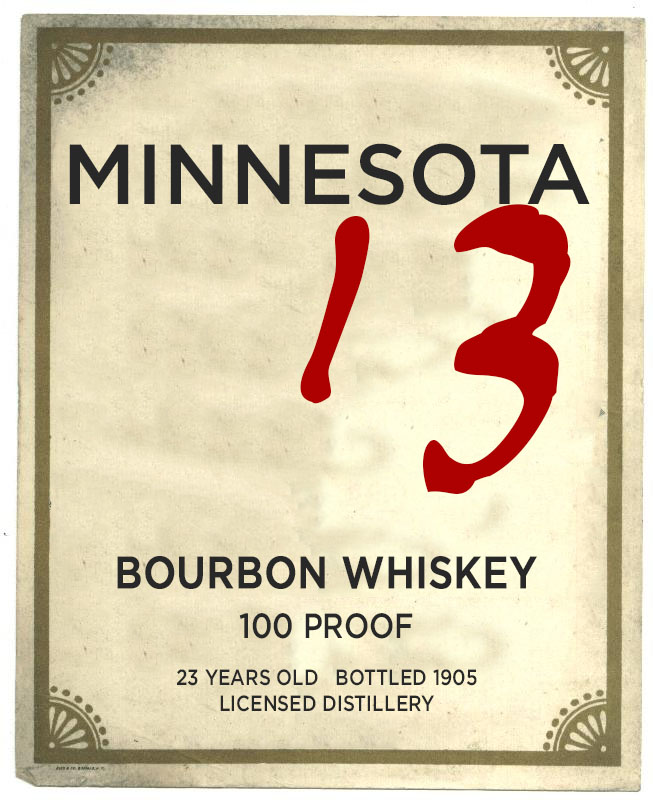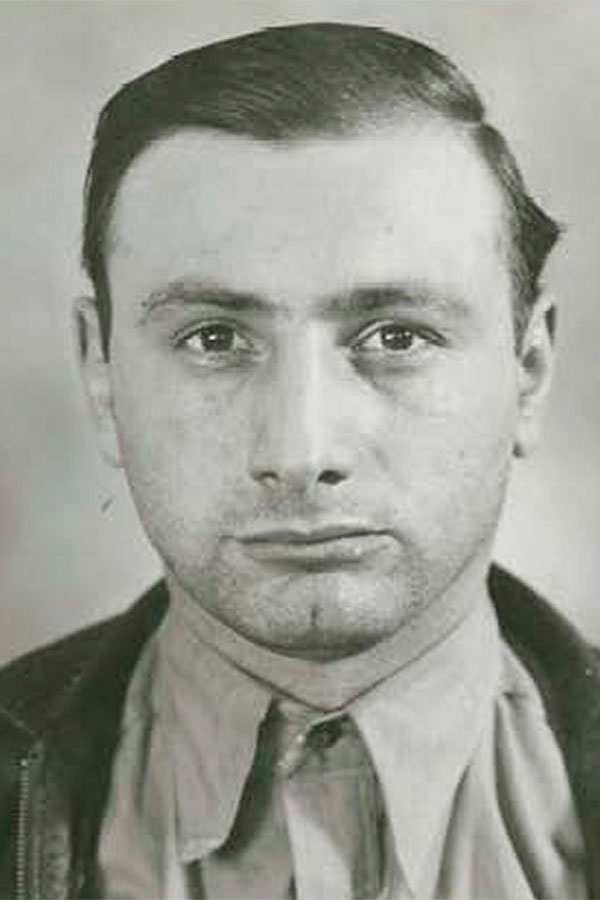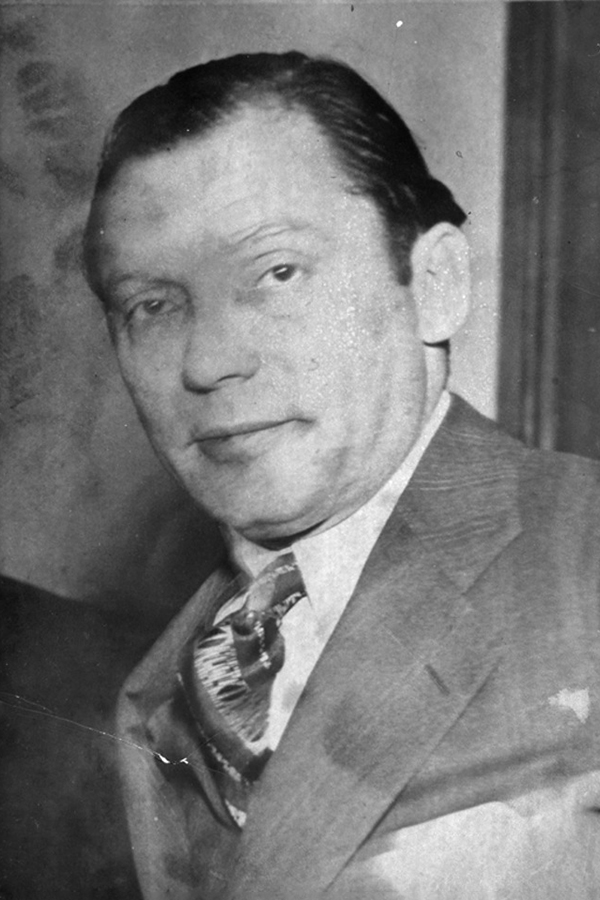Gnomes in D&D.
I don’t understand why they exist.
It feels like we’ve spent 30+ years trying to figure out a way to make them meaningfully different from dwarves and pretty much failing except insofar as they are now sometimes halflings with pointy years.
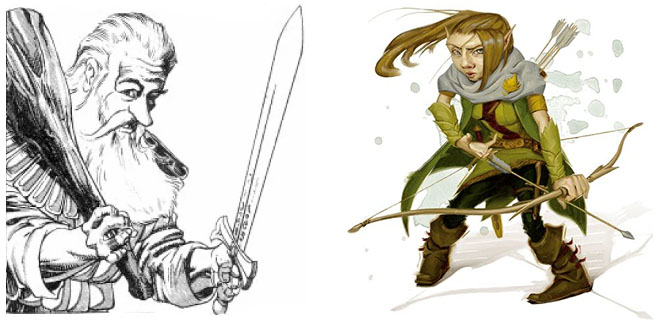
(If you’re first thought was, “Dwarves have beards and gnomes don’t! They’re totally different!” you may want to bail out now. This is probably not the post for you.)
The best gambit was probably Dragonlance’s tinker gnomes, a memetic line of thought which culminates most distinctly with World of Warcraft. But it’s still lacking. Being technologically inclined isn’t exactly outside of the dwarven wheelhouse. Plus: A whole race that tinkers? Like, there are no gnome farmers? Or tax collectors? Or seamstresses?
So, without further ado, here’s a bevy of ideas for making gnomes unique enough to justify their existence.
MAKE THEM TINY. Like 1 to 1.5 feet tall. The size of a garden gnome. Playing them is now a unique experience compared to any other common PC race.
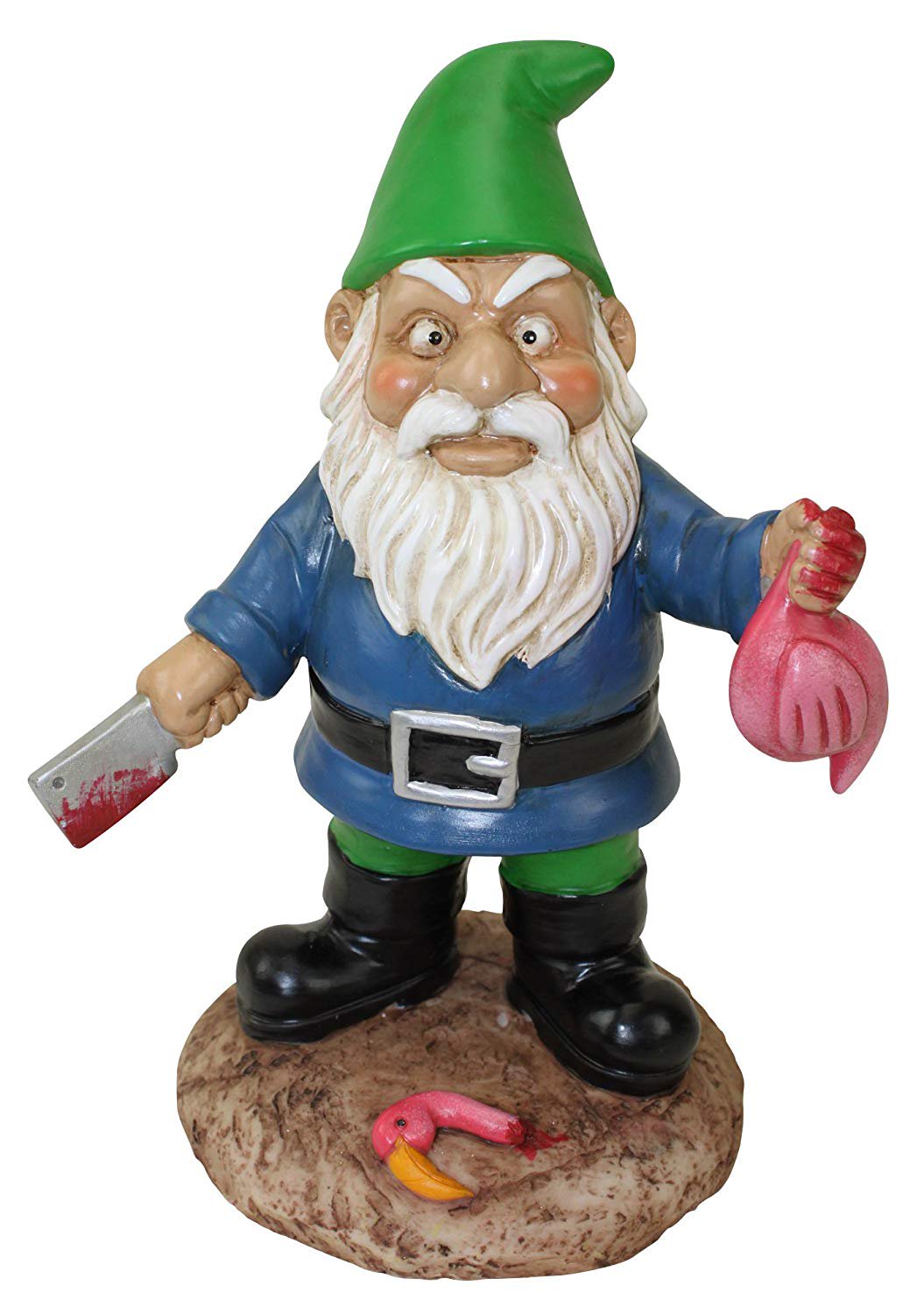 GNOMES DON’T ACTUALLY EXIST. They’re just dwarves who live outside instead of under the mountain. Your choice whether “gnome” is actually a racial slur or a self-embraced cultural identity. Or both.
GNOMES DON’T ACTUALLY EXIST. They’re just dwarves who live outside instead of under the mountain. Your choice whether “gnome” is actually a racial slur or a self-embraced cultural identity. Or both.
HALF-SPECIES. The result of dwarves and halflings interbreeding. They really ARE just dwarves without beards and/or halflings with pointy ears.
(“3rd Edition halflings already have pointed ears!” That’s probably where the gnomes get it from, then.)
HALF-SIZED SPECIES. What if halflings are half-sized humans and gnomes are half-sized elves?
This raises questions. Is there an entire echelon of half-sized races? Like, sure, goblins are obviously the half-sized orcs. But where are the half-sized dwarves? Or are the dwarves actually the half-sized ones?
DWARVEN SUB-CULTURE. Sort of the equivalent of emo/goth teens. Gnomes are a youth cultural movement that shave their beards and get obsessed with gadgetry. Older dwarves try not to let their eyes roll out of their heads when talking about them.
GODDESS SHARDS
Long ago the Gods of Magic slew the Goddess of Science & Technology (which is why D&D-land no longer advances technologically and is suck in a perpetual Renaissance). The shattered shards of the Goddess fell to the earth and manifested as the manic, technology-obsessed gnomes.
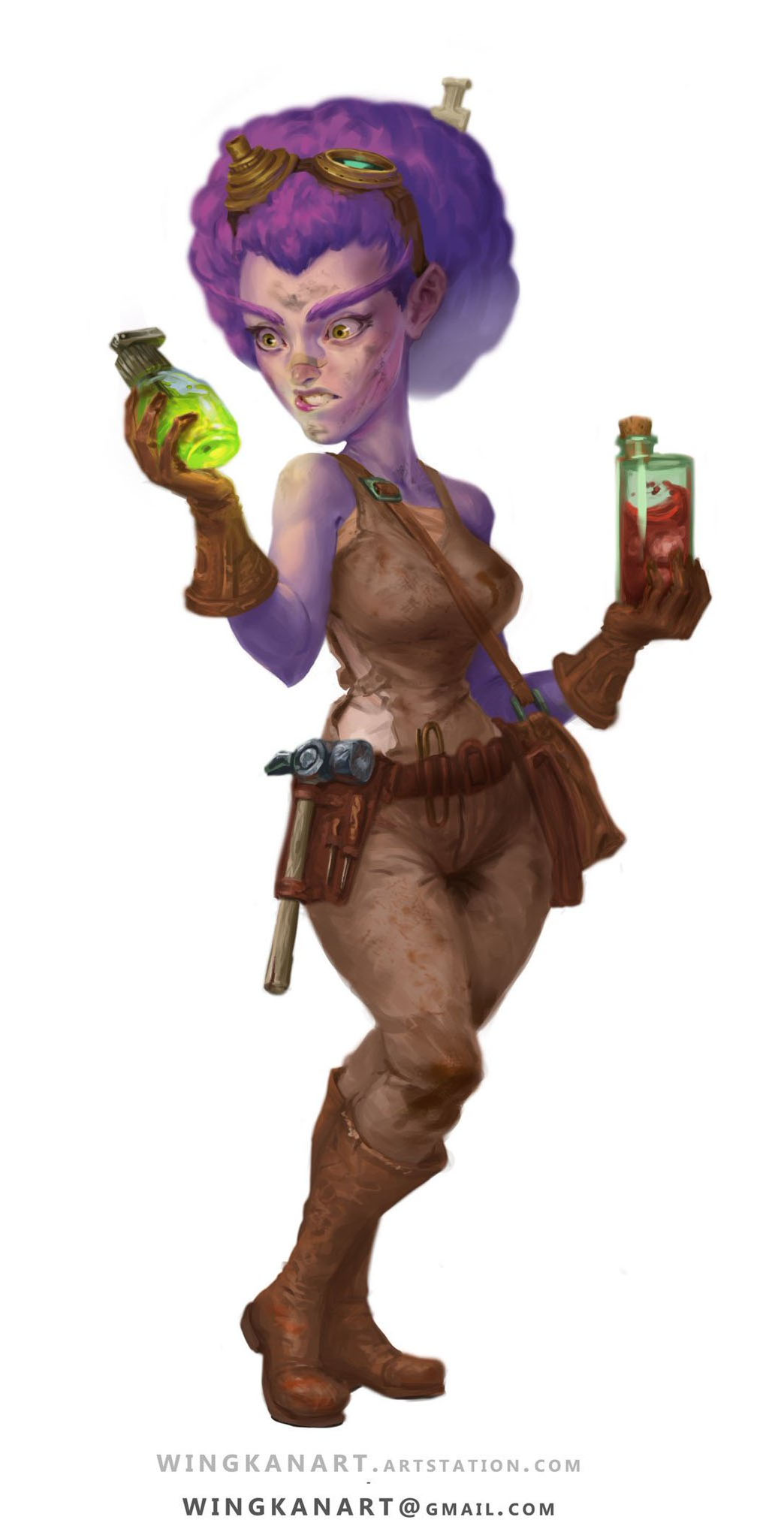 Gnome farmers? They exist. But none of them just farm the earth in an orderly fashion. Every one of them has a unique scheme — elaborate hydroponic projects, subterranean growing caverns, legions of mechanical scurriers who harvest the fields like plague locusts.
Gnome farmers? They exist. But none of them just farm the earth in an orderly fashion. Every one of them has a unique scheme — elaborate hydroponic projects, subterranean growing caverns, legions of mechanical scurriers who harvest the fields like plague locusts.
Gnome tax collectors? The creepiest is probably the one who created a panopticon of clockwork tax-spiders who watch every transaction and exact their coin on the spot. What makes it worse is that the government they once served fell a generation ago and no one is entirely sure what the tax-spiders are doing with the taxes they collect any more.
Every gnome has a sliver of a dead goddess manifested in their brain. Every gnome constantly lives with the gibbering madness of her shattered, god-like consciousness whispering like a livewire as a commentary to their inner monologue.
Furthermore, inspired by Wing Kan’s art over there, I’ll also push the idea that gnomes are neon-hued in skin and hair. (Usually matching, but sometimes not for reasons gnomes struggle to explain.)

